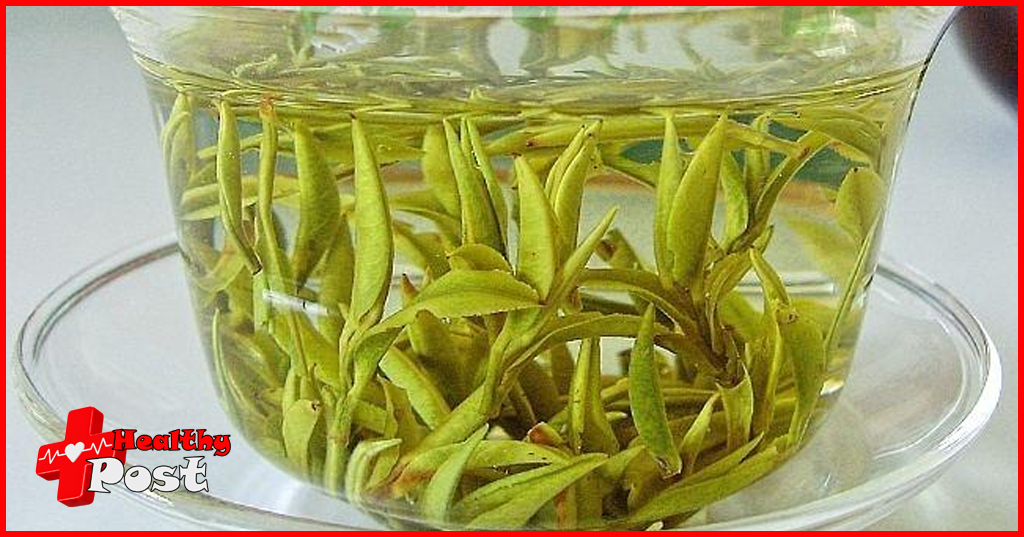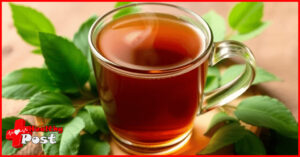
Know yellow tea, advantages and disadvantages
If green tea is a young lady and black tea is a noble lady, then yellow tea is a charming young lady. It is not common in daily tea drinking. As the name suggests, the quality characteristics of yellow tea are “yellow leaves and yellow soup”. According to the size of fresh leaves, old and tender buds. It can be divide into three categories, yellow bud tea, small yellow tea and large yellow tea.

The origin of yellow tea
Yueyang, Hunan China, is the hometown of Chinese yellow tea. It is also produce in Sichuan province, Anhui, Guangdong, Hubei and other places. Yellow bud tea, with the most delicate fresh leaves, is pick around Grain Rain, with the picking standard of one bud and one leaf or two leaves just beginning to unfold. Yellow bud tea includes Junshan Yinzhen , Mengding Huangya and Huoshan Huangya.
Which Junshan Yinzhen is the most precious; yellow small tea, made from delicate buds and leaves, is collectively call yellow small tea. It mostly with one bud and one leaf, one bud and two leaves, but the quality is not as good as yellow bud tea. Such as Weishan Maojian , Pingyang Huangtang , Ya’an Huangcha, etc.; yellow big tea, made from coarse and old raw materials, is picked with one bud and three or four leaves or one bud and four or five leaves, such as Jinzhai in western Anhui, Yingshan in Hubei and Guangdong Dayeqing .
The production process
It is similar to that of green tea. The production process is: killing green, rolling, yellowing, and drying. The most important process is yellowing, which is the key to the characteristics of yellow tea. High temperature killing green destroys the activity of enzymes, and the subsequent oxidation of polyphenols is cause by hydrothermal effect. Some colored substances are produced. The lighter degree of discoloration it, and the heavier degree is black tea. The main method of yellowing is to wrap the tea leaves after killing green and rolling with paper, or cover them with wet cloth after piling them up. The time varies from tens of minutes to several hours, so that the tea leaves undergo non-enzymatic auto-oxidation under hydrothermal action to form yellow.
Yellow tea brewing method
It brewing method is different from other teas. It can be brew not only with hot water but also with cooled water.
Hot brewing: first cool a small amount of boiling water to 90℃, add appropriate amount of tea leaves according to personal taste, soak for 30 seconds to 1 minute, use a kettle to pour water to 80% full, wait for 2 to 3 minutes before drinking, and leave 1/3 of the water for the second brewing.
Cold brewing: use a kettle to pour boiling water of about 70℃ into the cup of tea. First quickly and then slowly, to 1/2, so that the tea buds are soak. Later, pour until 70% to 80% full. After about 5 minutes, you can drink it.

Yellow tea history
Ita is a specialty tea in China with a long history of production. It became a tribute in the Tang Dynasty. It is a partially ferment tea with yellow soup and yellow leaves. Representative famous teas include: Junshan Yinzhen , Mengding Huangya, Beigang Maojian, Yuan’an Huangcha, Huoshan Huangya, etc. Let’s see what kind of tea yellow tea is and what effects it has.
Advantages of yellow tea
reducing weight.
It is a lightly ferment tea with a high content of tea polyphenols . Drinking it regularly can help promote human metabolism and accelerate fat decomposition, thereby achieving the effect of weight loss and fat burning. Friends who want to lose weight may wish to give it a try.
Anti-cancer
It is rich in tea polyphenols, amino acids, soluble sugars, vitamins and other rich nutrients. Practice has proved that these ingredients have obvious effects on the prevention and treatment of esophageal cancer. Drinking more yellow tea at ordinary times may help reduce the incidence of cancer.
Digestive
yellow tea is ferment tea . During the fermentation process, a large amount of digestive enzymes will be produce. These substances are most beneficial to the spleen and stomach. It is recommend that people with indigestion, loss of appetite, laziness and obesity can drink more to help gastrointestinal digestion.

Yellow tea contains caffeine and thea catechins, which can stimulate the nerve center of the brain and invigorate the spirit. Drinking a cup of yellow tea after a busy day can help improve work efficiency. Yellow tea can delay
Aging
It is rich in vitamins and flavonoids , has antioxidant functions, can moisturize the skin and delay skin aging. For those who want to beautify their skin, drinking some yellow tea in moderation is also a good idea.
Side effects of yellow tea
Tannic acid effect
Yellow tea contains tannic acid, which will combine with the iron in the human body to form a complex that is not easily absorb, which may lead to iron deficiency anemia. In addition, the tannins in yellow tea also have a convergent effect, which can slow down gastrointestinal motility and aggravate constipation.
Caffeine effect
Caffeine in yellow tea can stimulate the human nervous system and increase metabolism; therefore, drinking too much will aggravate insomnia symptoms, increase the pressure on the liver, and stimulate gastric juice secretion.
Oxalic acid effect
Drinking too much yellow tea will make it difficult for oxalic acid in the human body to be oxidized and decomposed, resulting in an imbalance of pH and affecting health. Moreover, if oxalic acid meets calcium and zinc in the human body, it will generate calcium oxalate and zinc oxalate, which will make the drinker lack calcium absorption.
No matter what kind of tea, there are some benefits but also some contraindications. The same is true for yellow tea. Although yellow tea has certain effects on health, it needs to be drunk in moderation, just like other teas. In short, drinking tea is good for health, but it needs to be done scientifically and rationally.

